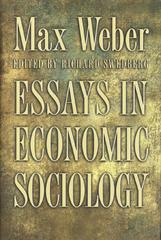Question
Suppose the market for standard one-family houses in a Canadian city is described by the equations Qd=(165+IM)-2.5P, and Qs=-60+10P, where Q represents the number of
Suppose the market for standard one-family houses in a Canadian city is described by the equations Qd=(165+IM)-2.5P, and Qs=-60+10P, where Q represents the number of houses demanded or supplied per year (in 10s), P represents the price in 10 000s, and IM is the number of families immigrating into the city during the year, in 10s. a) What is the equilibrium number of houses and the equilibrium price if there were no immigration (IM=0)? Show this situation in a graph. Now, suppose 350 families have immigrated within the year (IM=35). b) Show this new situation on your graph. c) What are the new equilibrium price and number of houses? d) How many of the "old" families (non-immigrant) have lost their ability to buy a house? e) By how much does the number of houses supplied increase?
for requirement d, the answer is 70 [= (120 - 113) 10)], but i don't understand what is the 113 stands for
Step by Step Solution
There are 3 Steps involved in it
Step: 1

Get Instant Access to Expert-Tailored Solutions
See step-by-step solutions with expert insights and AI powered tools for academic success
Step: 2

Step: 3

Ace Your Homework with AI
Get the answers you need in no time with our AI-driven, step-by-step assistance
Get Started


